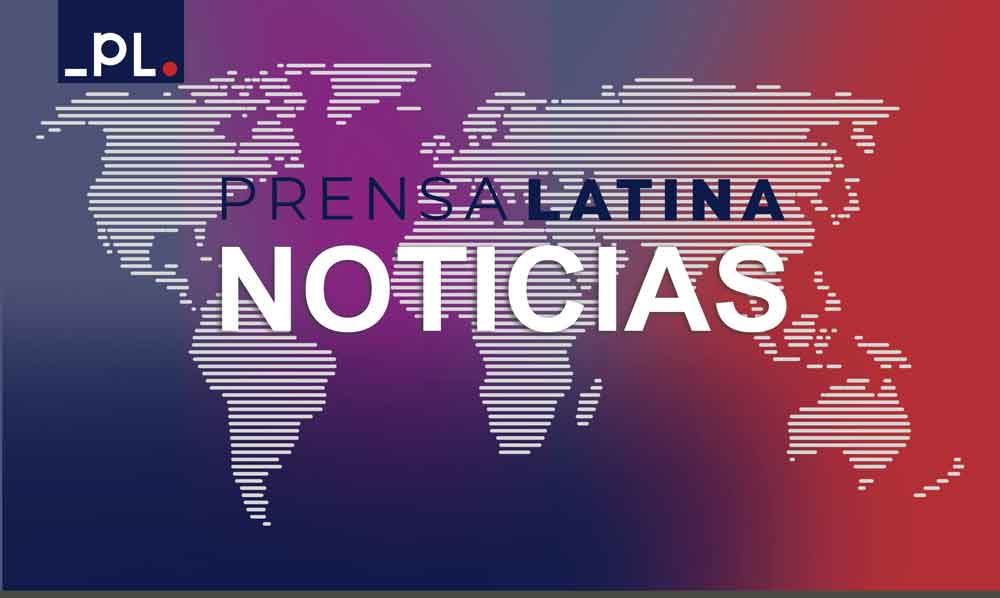Experts emphasize that droughts and extreme rainfall are taking a heavy toll on human lives and putting a heavy strain on the economy.
Meanwhile, melting snow, ice and glaciers have exacerbated hazards such as flooding, endangering the long-term water security of many millions of people.
However, little is known about the actual status of global freshwater resources.
The 2022 edition of the WMO report on the state of global water resources calls for a fundamental change in water policy.
Monitoring and assessment of water resources, exchange of relevant data and cross-border cooperation need to be improved and achieving these improvements will inevitably require increased investment.
This is an extremely important undertaking to help society cope with increasing extreme episodes of water excess or scarcity, the document says.
“This WMO report provides a comprehensive and coherent overview of water resources around the world and highlights the impact of changes in climate, environment and society,” said WMO Secretary-General Professor Petteri Taalas.
“Glaciers and ice sheets are shrinking before our eyes. The increase in temperature has not only accelerated but also changed the water cycle,” he said.
“A warmer atmosphere retains more moisture and that is why we see much more intense rainfall and flooding. And at the opposite extreme, evaporation multiplies and soil dryness and the intensity of droughts worsen,” he noted.
The vast majority of disasters are water-related, so the management of this resource and its monitoring are an essential part of the global Early Warnings for All initiative, he said.
“This report is a call to action to increase data sharing to enable meaningful early warnings and more coordinated and integrated water management policies that are at the heart of climate action,” Taalas emphasized.
Currently, 3.6 billion people lack adequate access to water for at least one month of the year, and by 2050 that number is expected to rise to over five billion, according to UN water data.
mem/lpn

